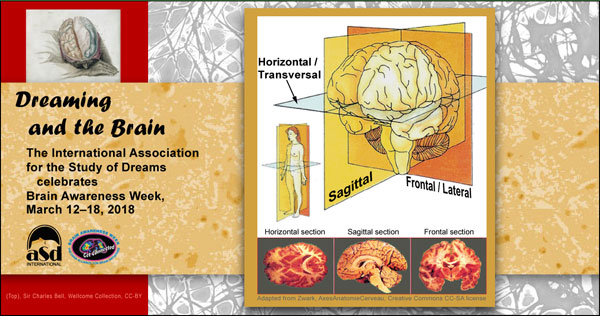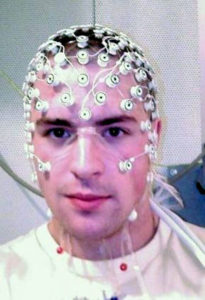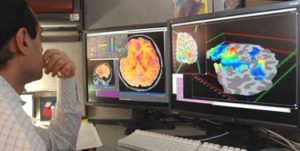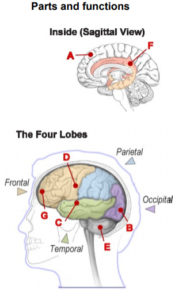 What Your Brain Is Doing While You Sleep
What Your Brain Is Doing While You Sleep
Scientists have been studying the dreaming brain for decades. They’ve learned what sleep is like over a night’s passage, and what parts of the brain are involved when dreams happen.
How scientists study the sleeping brain
To study what the brain is doing when we dream, scientists ask a person to spend the night in a sleep laboratory. The person who agrees to be a study “subject” might not get a good night’s sleep, though, because the researchers wake her up every so often—especially at times when it’s clear the sleeper is dreaming—to ask what she was experiencing.
Sleep changes throughout the night
The researchers attach electrodes, or sensors, to the person’s head, wired to an electroencephalography (EEG) machine. While the person sleeps, a computer reads out a record of his brain waves, a measure of the electricity generated by chemicals that pass between neurons—the specialized cells of the brain. This electrochemical activity is how the neurons communicate, which is crucial to thinking, dreaming, and control of the body. The size and speed of the waves change over the course of the night, indicating four stages of sleep.
Different parts of the brain do different things
Brain scientists have long known which parts of the brain specialize in activities such as seeing or planning or feeling emotions. And by tracking the brain’s blood flow, they can understand which parts are busy during sleep.
| We cycle repeatedly through four stages of sleep during the night.
|
|||
| STAGE 1 | STAGE 2 | STAGE 3 | REM |
|
|
|
|
Dreams and brain anatomy
 The content of dreams is largely provided by the cortex (A), the wrinkled outer layer of “gray matter” where we do our thinking. There we house the myriad memories of our lives, and friends become dream characters, TV shows become dream settings.
The content of dreams is largely provided by the cortex (A), the wrinkled outer layer of “gray matter” where we do our thinking. There we house the myriad memories of our lives, and friends become dream characters, TV shows become dream settings.- The sensory parts of the cortex provide perceptual details, especially the visual (B) and auditory (C) cortices, although a small portion of dreams contain smell or taste.
- The motor cortex (D), puppeteer of our waking body, is also active. Neuroimaging (brain scanning) has shown that dream and waking actions involve mostly the same brain regions doing the same things. So practicing a sport in dreams may give you an edge come game day.
- Despite the motor cortex activity, muscle paralysis during REM sleep may keep us from acting out our dreams. The brain stem (E) causes this, by bathing the motoneurons (which reach down into our body to control our muscles) with the amino acid glycine.
- The limbic system (F) deals with emotions, and it’s very active in REM sleep. REM dreams are thus more emotional than dreams from the other stages.
- Some areas of the brain are less active during sleep, such as the prefrontal cortex (G), which in waking life helps us to plan and make decisions and reflect. In dreaming, we typically lack these faculties, accepting the wacky tasks thrown at us without hesitation.
…………………………………………………………………………………………………………………………..
© 2018 by Michelle Carr. Michelle Carr, PhD, is a researcher at Swansea University Sleep Laboratory in Wales. Her work focuses on the role of REM sleep and dreams in emotional memory, along with comparative studies of nightmare disorder and PTSD.
The International Association for the Study of Dreams is a non-profit, international, multidisciplinary organization dedicated to the pure and applied investigation of dreams and dreaming. See our website (ASDreams.org) for information on dream research, research grants, membership, and conferences. IASD is a partner in the global Brain Awareness Week campaign of the Dana Alliance, which offers a large selection of brain education materials on its website (dana.org/baw).


